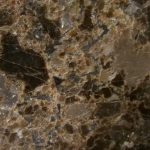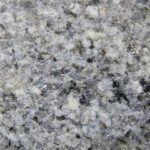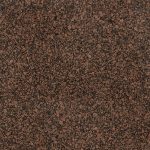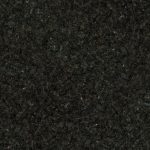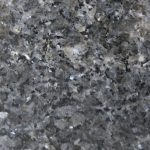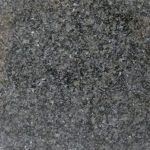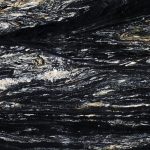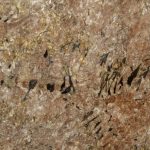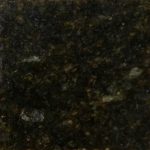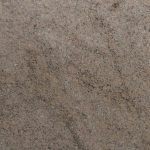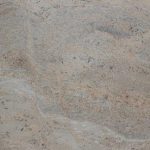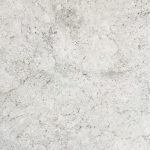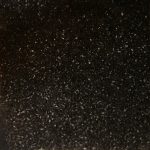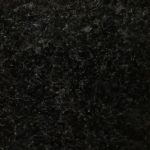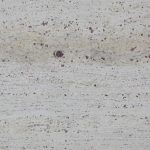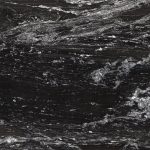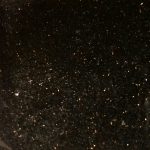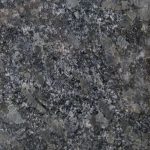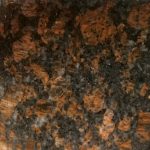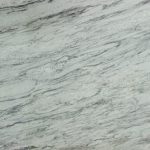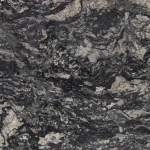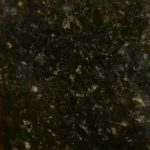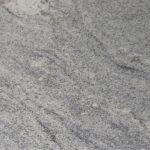One of the hardest natural stones on earth, Granite is highly durable and exceptionally beautiful.
Granite worktops are found in a range of natural colours, and favoured for their wild and fascinating patterns. While beautiful, these designs are irregular and fluctuating, and offer no guarantees of appearance.
On this page, we look to clarify what you should expect when buying new Granite worktops.
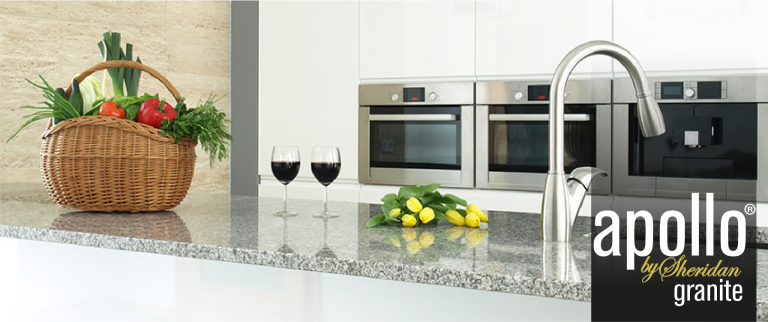
Veining
Granite worktops have strong, random veining which can vary in width, colour, length, frequency and direction. Strongly veined products will have more prominent joints.
Drainer Grooves
When draining grooves are machined into a Granite worktop, these will typically not be as finely polished as the main surface. This can mean they appear comparatively duller.
Pitting & Fissures
Granite can contain natural pits and fissures, which may be more prominent on styles with a crystalline finish. These do not affect the overall strength of the surface and are not considered a defect.
Colour
Colours can vary between batches and even between separate cuts on the same slab. Some styles have a more unpredictable colour palette than others, and this should be considered when planning the colour scheme of your kitchen.
Joints
Granite worktops have visible joints. Pieces will have a small, silicone sealed inwards ariss. For Veined styles, it’s not uncommon for veins to change in direction at a joint.
Slab Size Limitations
Granite worktops can range from 2m, for River Valley White (pictured) with an unpolished cutout to up to a maximum of 2.8m in length. This maximum length means some designs may need straight joints.
Corners & Material Cost
Designs which include non-right angled corners may incur additional material cost, due to the wastage of material. Where worktops with irregular shaping need to be produced, the cost is calculated based on the long edge.
Care & Maintenance
Granite worktops have varying porosity. If untreated, dirts and oils can permeate the surface causing dullness or discolouration. As this resides deep within the surface, it may require the surfaces to be ground down for a full restoration. In addition, Granite surfaces are particularly susceptible to etching by caustic or acidic substance exposure.

